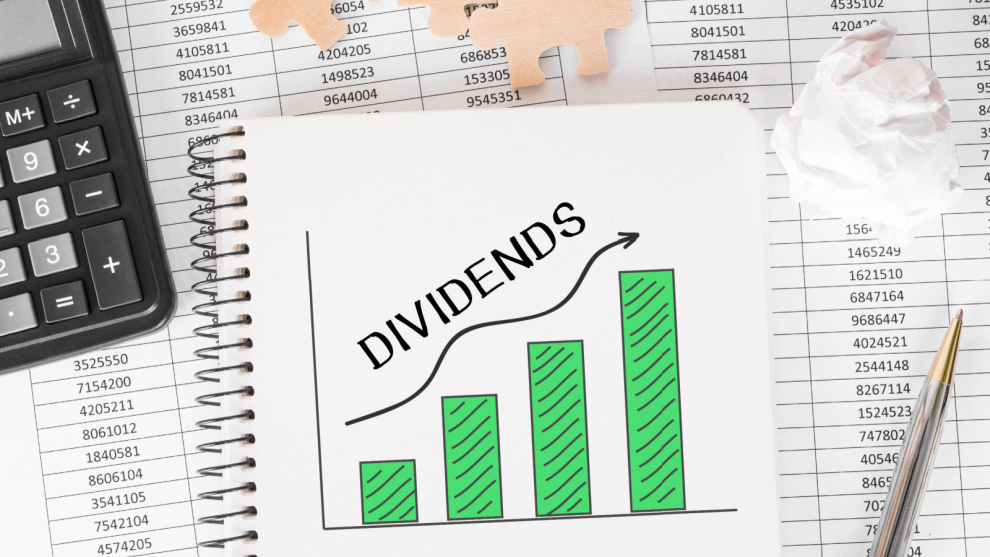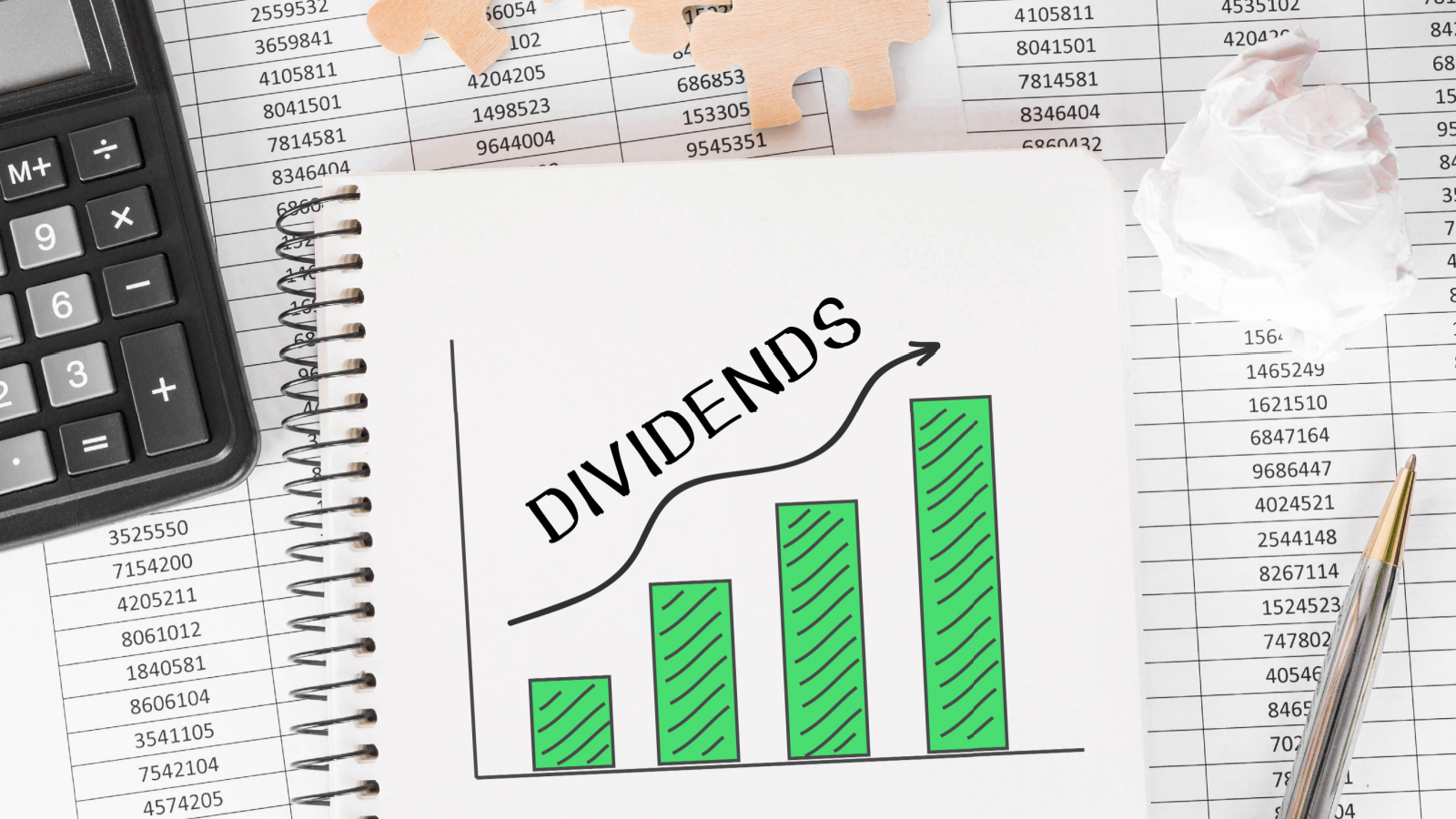
Buying dividend stocks has proven to be a superior investing strategy. Because dividend payers tend to be large, successful businesses, they can better withstand the winds of market turmoil.
Analysts at the Hartford Funds found that going as far back as 1930, stocks that initiated and raised their dividends handily beat all other stocks. Moreover, there was never a time when dividend stocks on the benchmark index had a losing decade.
It just makes sense that being paid to own stocks and hold them for the long haul turns out to be a very rewarding and lucrative investment strategy. Because we don’t know which way the market will be heading, the following seven dividend stocks are ones to buy — just in case the market crashes. Or even if it doesn’t.
Pfizer (PFE)
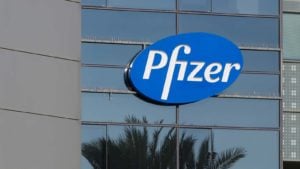
Pharmaceutical giant Pfizer (NYSE:PFE) is one of the world’s largest drugmakers, with over $58 billion in annual sales. It has a strong portfolio of drugs on the market and a robust pipeline in development that supports its long-term growth prospects. It also possesses the financial resources to continue funding future research and development while having fewer older drugs or those facing patent expiration.
Because a lot of attention is focused on the dramatic decline in sales of Cominarty, its COVID-19 therapeutic, Pfizer stock trades at a significant discount today. Shares go for just 11 times next year’s earnings estimates, with analysts forecasting earnings will grow at 17% annually for the next five years. At less than 3x sales, PFE stock trades well below its historical average. It was last at this level more than a decade ago.
Analysts are looking for $60.99 billion in sales this year, up 4% from last year. It generated $55.2 billion in revenue over the trailing 12 months. Analysts anticipate 2025 sales could reach $63.2 billion, a 4% rise. Earnings in 2025 could reach $2.86 per share, over 50% above last year, with a high forecast of $3.25 per share.
Pfizer stock is offered at just $28 a stub and pays a dividend that yields 5.9% annually. The pharma giant is a solid pick for long-term wealth creation.
Kimberly-Clark (KMB)

Focused on consumer products that have customers returning again and again, Kimberly-Clark (NYSE:KMB) owns a stable of premium brands, including Huggies diapers, Kleenex tissue and Scott paper towels. They are dominant brands that hold top positions in their respective markets.
Kimberly-Clark, though, has been hurt by high inflation levels. Consumers feeling pinched by rising prices have turned to lower-priced or white-label brands, hurting sales. Management has wisely refused to chase discounting in pursuit of sales and market share, preferring to bide its time and keep margins intact.
While not as deeply discounted as it was at the start of the year, KMB stock trades at 19x estimates and 15 times the free cash flow (FCF) it produces. At 2.3x sales, it is in line with its historical average.
Analysts forecast full-year sales of $20.3 billion, which is negligibly lower than last year, with revenue remaining essentially flat in 2025. However, a slowing economy or one that falls into recession could lead to lower inflation. Kimberly-Clark will likely maintain its cost-cutting initiatives to wring inefficiencies out of its operations until prices moderate further.
KMB stock is up 14% this year and pays a dividend that yields 3.5%, giving investors a strong stream of income until the economy normalizes.
Colgate-Palmolive (CL)
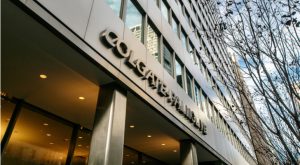
Similarly situated Colgate-Palmolive (NYSE:CL) was also hurt by the high inflation and high interest rate environment but has turned itself around in 2024. Although it has spent more on marketing for its top-tier products like toothpaste and dishwashing liquid, Colgate also invested in innovation. It is able to push new products out to market more quickly than in the past based on changing consumer preferences.
The consumer products giant does go for a premium today, with shares trading hands at 28 times earnings estimates, 4x sales and 22x FCF. Yet, these valuations are not so far afield from its historical averages.
Analysts are looking for sales of $20.2 billion in 2024, a 4% increase over last year. It has produced $20 billion in revenue over the last four quarters and has beaten forecasts each time. Wall Street also estimates sales of $20.9 billion in 2025, a 3.8% rise.
Analysts have had to continuously raise their price target on the stock to keep up with CL shares, which are up almost 30% in 2024. In a market crash, this dividend stock, yielding 2% annually, will be a staple for your portfolio.
Hershey (HSY)

Chocolate King Hershey (NYSE:HSY) is the next dividend stock to buy for the coming market crash. The confectionery giant has faced a trio of problems, including strapped consumers, cocoa shortages raising prices and a sudden interest in weight loss by the appearance of drugs like Ozempic, Wegovy and Zepbound. While it has previously chosen to sit back and allow its prestige brand to carry the load, Hershey is now investing more heavily in new products and marketing.
The chocolatier also looks like it trades at a premium. Yet, as with the other dividend stocks discussed, HSY stock is well within normal ranges or even below them. Hershey goes for 4x sales, which is low compared to the past five years. It last traded at that level in 2019, just before HSY stock went on an 80% run higher.
Analysts are looking for a 2% increase in sales this year to $11.4 billion. They see it growing by 3% the following year to $11.7 billion. They do see earnings sliding about 1% a year over the next two years but have long-term earnings growth pegged at 1.9% annually.
Wall Street has tightened its price target on the stock and views it as fairly valued. But, with inflation moderating and cocoa bean costs down 25% from their spring highs, Hershey’s business is stabilizing. Its dividend yields 2.76% and remains solid.
Coca-Cola (KO)

Coca-Cola (NYSE:KO) still derives most of its revenue from carbonated beverages. Yet, it has increasingly turned to non-carbonated drinks as soda consumption declines. Like Hershey, the beverage giant has had to confront the availability of weight-loss drugs, dramatically changing consumer perceptions of its drinks. That makes its investments in juices, water and energy drinks all the more prescient and valuable to its long-term health.
At 6.3x sales, Coke is well under its recent averages and trades on the low side of its valuation history. A price-to-earnings ratio of 27 is right in line with its long-term trend, so this is not a premium price.
Wall Street sees sales remaining flat this year, with full-year estimates at $46.08 billion. Analysts forecast sales jumping 5% in 2025 to $48.31 billion. Profits are on a better footing, with over 11% growth through 2025. Wall Street also keeps incrementally increasing its price target as Coca-Cola stock has risen 16% this year.
Coca-Cola has been around for more than 130 years and has paid a dividend since the 1920s. It increased its payout, which yields 2.85%, every year for the last 63 years, making it a Dividend King.
Fastenal (FAST)

Toolmaker and industrial and commercial parts supplier Fastenal (NASDAQ:FAST) may be a surprising pick for this list. Yet, it is a growing, profitable business that proves remarkably resilient. Daily sales growth rates have trended lower for the past two years, but this manufacturing sector distributor proves it can still grow. That it is happening in a challenging environment is a testament to its durability.
Fastenal stock trades at a premium and is above its historical averages. FAST shares go for 33 times earnings, 5x sales and 29x FCF. With the stock up 14% over the last 12 months, Fastenal gives the appearance of being at the top. Yet, its business may have actually reached a bottom and is poised to rebound.
Analysts are looking for 3.4% sales growth this year to $7.6 billion. They then see it jumping 7% in 2025 to $8.1 billion. Earnings are similarly positioned for a return to growth with better than 9% gains forecast over the next two years.
An industrial distributor is not always seen as a dividend stalwart. Yet, Fastenal was added to the list of Dividend Aristocrats earlier this year after raising its payout for the 25th consecutive year. This year’s increase was more than 12%, and the dividend yields 2.37% annually.
Schwab US Dividend Equity ETF (SCHD)
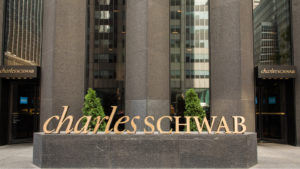
Instead of searching out individual dividend stocks to protect your portfolio in a crash, a basket of solid income payers may be a better option. The Schwab US Dividend Equity ETF (NYSEARCA:SCHD) is an exchange-traded fund (ETF) launched 13 years ago. It has become synonymous with steadily rising dividend payments.
The ETF owns approximately 100 dividend-paying stocks and yields a healthy 3.6% annually. Its goal is to track the total return of the Dow Jones U.S. Dividend 100 Index, which focuses on the quality and sustainability of dividend payments.
The three largest holdings in the portfolio are defense contractor Lockheed-Martin (NYSE:LMT), pharmaceutical AbbVie (NYSE:ABBV) and the aforementioned Coca-Cola. They represent about 13% of the portfolio’s total. Schwab US Dividend Equity ETF has steadily increased its dividend, sporting double-digit growth rates over the past five- and 10-year periods. The latest increase last month was a whopping 35%.
Yet, SCHD’s dividend fluctuates quarter-to-quarter and can occasionally fall. On an annual basis, however, the payout has never declined.
On the date of publication, Rich Duprey held a LONG position in KMB, CL, KO and ABBV stock. The opinions expressed in this article are those of the writer, subject to the InvestorPlace.com Publishing Guidelines.
On the date of publication, the responsible editor did not have (either directly or indirectly) any positions in the securities mentioned in this article.



